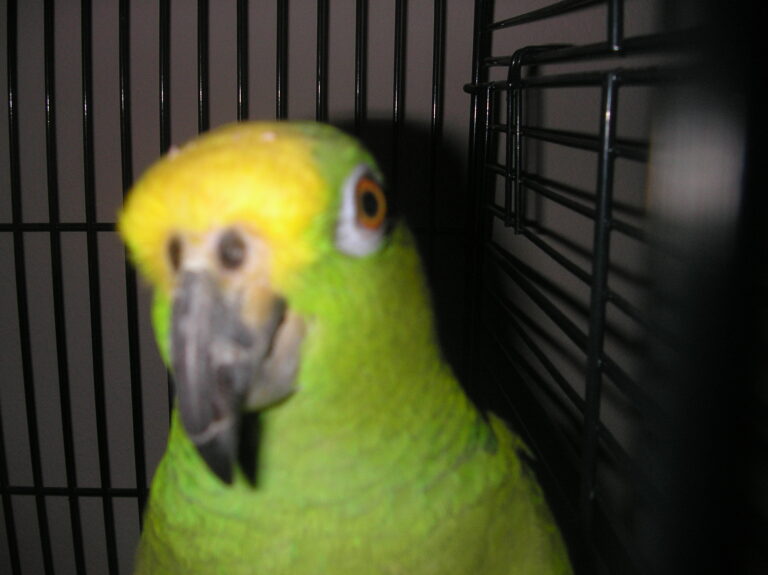Understanding Why Your Dog Tries to Hump Hands, Including Guests
If you’ve ever found yourself in the awkward situation of your dog attempting to hump your hand or guests’ hands, you’re not alone. This behavior can be perplexing and embarrassing, but it’s important to remember that it’s usually a natural canine instinct rather than a sign of inappropriate behavior. In this article, we’ll explore the various reasons why dogs engage in this behavior and provide tips on how to manage it effectively. One of the primary reasons dogs hump hands, or even other dogs, is to engage in social interaction and play. Dogs use their bodies to communicate, and humping can be a way for them to initiate play or signal excitement. It’s essential to remember that dogs don’t have the same social boundaries as humans, so their actions are often driven by instincts rather than conscious decision-making.
Sexual Frustration
Unspayed or unneutered dogs may engage in humping behavior as a result of sexual frustration, which is primarily driven by their natural hormonal fluctuations. In intact dogs, particularly males, the surge of testosterone can lead to heightened sexual urges and a greater propensity for mounting behaviors. This is especially pronounced during periods of heat, which is the stage of the reproductive cycle when female dogs are receptive to mating. During heat, female dogs release pheromones that signal their availability for mating, and these scents can be incredibly potent to intact males. The olfactory sensitivity of dogs is significantly greater than that of humans, allowing them to detect these pheromones even from a considerable distance. As a result, male dogs may become more prone to humping behaviors when exposed to the scent of a female in heat. Neutering or spaying your dog is an effective way to mitigate these behaviors. Neutering involves the removal of a male dog’s testicles, which reduces the production of testosterone and subsequently curtails the intensity of sexual urges. Spaying, on the other hand, involves the removal of a female dog’s ovaries and uterus, eliminating heat cycles altogether.
However, it’s crucial to approach neutering or spaying with careful consideration and consult a veterinarian for personalized advice. While these procedures can have a positive impact on behavior and overall health, they should be undertaken with an understanding of the potential benefits and any associated risks. The timing of the procedure, for instance, may vary depending on the breed, age, and individual health of the dog. Additionally, spaying or neutering is not a guaranteed “quick fix” for humping behavior. It may take some time for the hormonal changes to take effect, and other behavioral interventions may also be necessary. Consulting a veterinarian or a qualified animal behaviorist can provide invaluable guidance in determining the best course of action for your specific dog.
Dominance and Establishing Hierarchy
In some cases, humping behavior in dogs can be indicative of their attempts to establish dominance or define their place within a social hierarchy. This behavior tends to be more prevalent in multi-dog households or in situations where a new dog has been introduced to an existing pack. Dogs are inherently social animals, and they have a natural inclination to establish order and structure within their social groups. This hierarchy helps them navigate their interactions and maintain a sense of stability within the pack. Humping can serve as a form of communication in this context, with the initiating dog attempting to assert their position. When introducing a new dog into an established pack, it’s particularly important to be vigilant. The dynamics within the group may shift, and this can lead to increased displays of humping behavior. It’s essential to monitor interactions between dogs closely, especially during the initial stages of their introduction. This can help prevent potential conflicts and ensure that all dogs feel comfortable and secure in their roles. Intervening in humping behavior is crucial in maintaining a harmonious environment. While occasional humping may be a normal part of social interaction, excessive or persistent displays can lead to tension or even aggression between dogs. When you observe humping, it’s advisable to redirect their attention to more appropriate activities or separate them briefly to diffuse any potential conflict.
Providing clear leadership and setting consistent rules for all dogs in the household can also help establish a balanced social structure. This includes activities such as feeding, walking, and playtime. Ensuring that each dog has their own space and resources can prevent competition and reduce the likelihood of dominance-related behaviors like humping. In multi-dog households, regular training sessions that focus on commands like “leave it” or “down” can be valuable tools in managing and redirecting humping behavior. These commands help establish your authority as the leader and provide a constructive outlet for your dogs’ energy and impulses.
Overstimulation and Excitement
Dogs, especially younger ones, are full of energy and enthusiasm. In some situations, this excess energy can lead to overstimulation or extreme excitement, which may be expressed through humping behavior. Understanding and addressing this aspect of canine behavior is crucial for a well-balanced and happy pet-owner relationship. Younger dogs, in particular, are known for their exuberance and playfulness. They have a natural inclination to explore their surroundings, engage in physical activities, and interact with their human companions. However, when their energy levels reach a peak, it can sometimes result in behaviors like humping. To effectively manage this, it’s essential to provide regular exercise and mental stimulation. Daily walks, playtime, and interactive games not only help burn off excess energy but also contribute to a healthy and happy dog. Engaging in activities that challenge their minds, such as puzzle toys or obedience training, can be equally beneficial in keeping them mentally stimulated.

Establishing a structured routine is also paramount. Dogs thrive on predictability and knowing what to expect from their day. Consistent feeding times, scheduled play sessions, and designated rest periods can help regulate their energy levels and reduce instances of overstimulation. Furthermore, it’s important to be attuned to your dog’s cues. Pay attention to signs of restlessness, pacing, or hyperactivity, as these may indicate a need for physical or mental stimulation. By addressing their needs promptly, you can help prevent the buildup of excess energy that might lead to humping behavior.
When you do observe humping behavior stemming from overstimulation, it’s advisable to redirect their focus to a more appropriate activity. Offering a favorite toy, engaging in a game of fetch, or providing a chew toy can effectively shift their attention and help them release their pent-up energy in a constructive manner.
Attention-Seeking Behavior
Some dogs resort to humping as a means to seek attention, and this behavior can present a challenge for pet owners. Understanding the underlying motivation behind this behavior is essential in order to address it effectively. When a dog engages in humping to gain attention, it’s important to recognize that any reaction, whether positive or negative, can serve as reinforcement. This means that even if you respond with frustration or try to physically deter the behavior, your dog may interpret it as attention and continue to repeat the action. In these situations, it’s crucial to remain calm and composed. Avoid reacting emotionally, as this can inadvertently reinforce the behavior. Instead, redirect your dog’s attention towards more appropriate activities. Offer them a toy to play with, engage in a training session, or take them for a walk. By providing alternative outlets for attention-seeking behavior, you can help your dog learn more constructive ways to interact with you. Consistency is key when addressing attention-seeking humping. Ensure that all members of your household respond to the behavior in the same way. This helps prevent confusion and reinforces the message that humping is not an effective means of gaining attention. Additionally, consider implementing positive reinforcement techniques. Praise and reward your dog when they engage in desired behaviors, such as sitting calmly or playing with their toys. This positive reinforcement helps shift their focus away from attention-seeking humping and towards behaviors that are more appropriate and desirable. It is also important to address any potential underlying causes of attention-seeking behavior, such as boredom or lack of mental stimulation. Providing regular exercise, interactive playtime, and mental challenges can help fulfill your dog’s physical and cognitive needs, reducing the likelihood of resorting to attention-seeking behaviors like humping.
Understanding why your dog engages in humping behavior is the first step towards addressing it effectively. By recognizing the underlying causes and implementing appropriate strategies, you can help your furry friend develop more appropriate ways of expressing themselves and ensure a harmonious living environment for everyone involved. Remember, patience, consistency, and positive reinforcement are key in modifying any behavior.






